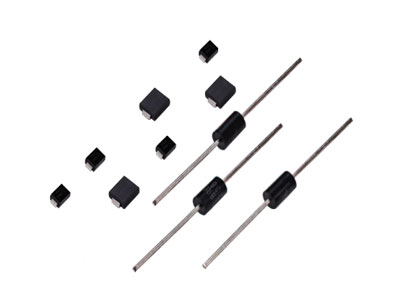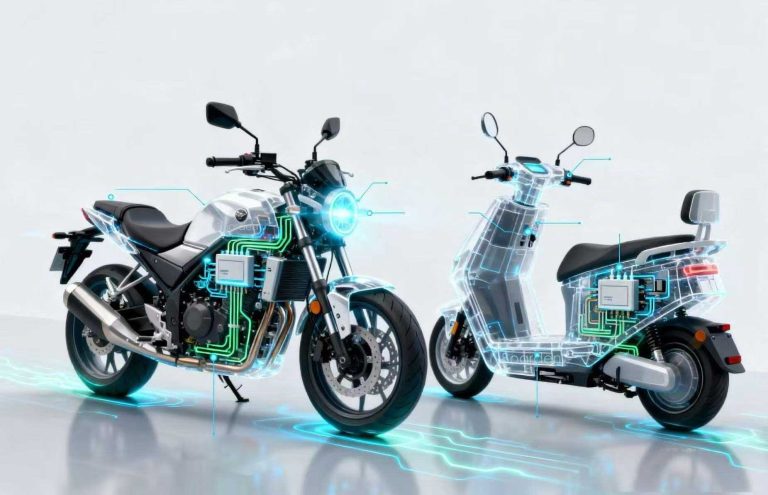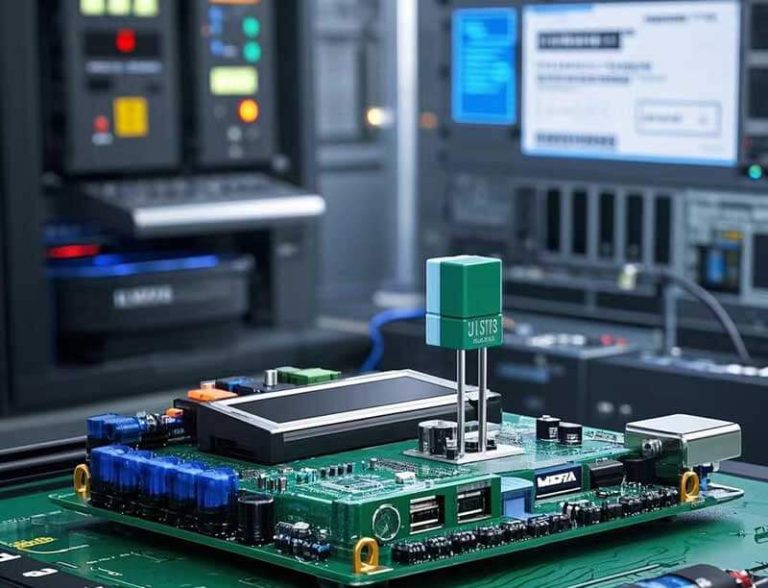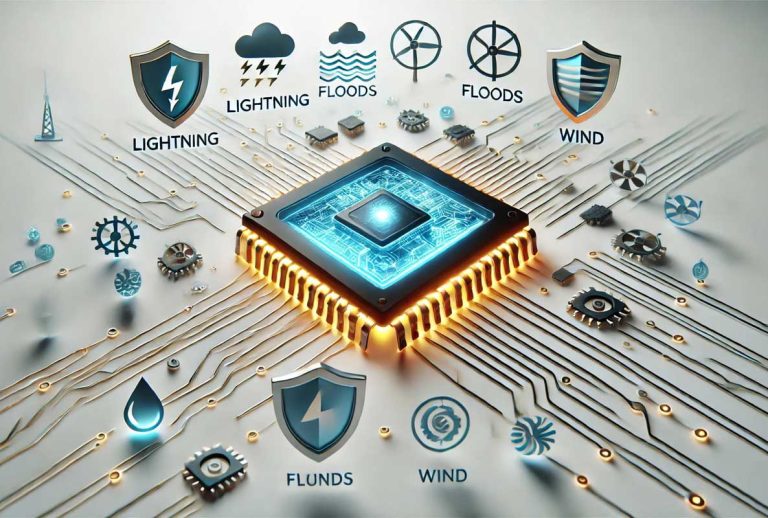PoE Communication and Security Systems|Reliable RJ45 Interface Design
With the rapid growth of security monitoring and IoT devices, Power over Ethernet (PoE) has become one of the most common interface technologies in modern communication and surveillance systems. By transmitting power and data through a single Ethernet cable, PoE greatly simplifies wiring and makes installation and maintenance more flexible.
However, as operating voltages rise and network nodes increase, PoE interfaces are exposed to more severe electrical challenges — including lightning surge, electromagnetic interference (EMI), and electrostatic discharge (ESD).
If not properly protected, these transient events can lead to communication errors, damaged ICs, or even permanent equipment failure. Designing reliable surge and ESD protection for PoE interfaces has therefore become a key factor in ensuring system stability.
Risks and Protection Requirements for PoE Interfaces
PoE systems typically operate within a 48–57 V DC range, with power and signal lines sharing the same cable. When installed outdoors or across long transmission distances, Ethernet lines can easily pick up high-energy pulses caused by lightning, power fluctuations, or ground potential differences.
The RJ45 connector and Ethernet PHY are particularly vulnerable to these disturbances. Common threats include:
- Surge (Lightning Induced Transients)
- ESD (Electrostatic Discharge)
- EFT (Electrical Fast Transient) from motors or relay switching
To ensure reliability under such conditions, PoE interface designs should comply with the following international standards:
- IEC 61000-4-2 – ESD immunity testing
- IEC 61000-4-5 – Surge immunity testing
- ITU-T K.21 / K.45 – Overvoltage and lightning protection for telecommunication equipment
Meeting these standards ensures the stability of communication devices in harsh electromagnetic environments.
Comparison of Common Protection Solutions
Typical protection components used in PoE interface design include TVS diodes, multilayer varistors (CMS Varistors), and gas discharge tubes (GDTs). Each offers unique advantages in response time, energy absorption, and installation location.
| Protection Type | Response Time | Energy Absorption | Typical Location | Key Features |
|---|---|---|---|---|
| TVS Diode | Picoseconds | Medium | Signal lines, PHY interfaces | Precise clamping voltage, fast response |
| CMS Multilayer Varistor | Nanoseconds | High | PoE power lines, RJ45 common-mode protection | Compact size, high surge energy, AEC-Q200 qualified |
| GDT | Microseconds | Very High | Front-end or outdoor lightning protection | Extremely high surge capability, used with TVS/CMS |
Taking Boarden’s CMS1210V680P122 and CMS2220V680P502 as examples, these multilayer high-energy varistors deliver higher surge absorption in smaller packages and operate across a wide temperature range (–55 °C to 125 °C).
In PoE 48 V power-line protection, they serve as high-performance alternatives to conventional TVS diodes such as SMCJ58CA or SMDJ58CA, offering improved surge handling and compact form factor. These devices are particularly well suited for PoE ports, RJ45 interfaces, and communication power lines, ensuring robust transient suppression and long-term reliability.
Protection for PoE Cameras and Ethernet Switch Ports
In security monitoring systems, PoE cameras are often installed outdoors or at elevated locations, making them highly susceptible to lightning-induced surges or ESD events. Without proper protection, the camera may experience video loss, interface failure, or complete system damage.
A typical protection configuration includes:
RJ45 connector → CMS multilayer varistor (PoE power-line protection) → TVS diode array (data-line protection) → PHY chip.
This mixed protection approach provides both high surge absorption and low capacitance, ensuring reliable performance even in compact layouts.
For multi-port Ethernet switches, where PCB space is limited and thermal density is high, replacing conventional TVS devices with compact, high-energy CMS varistors offers a balance between performance and layout efficiency.
Testing has shown that ports equipped with Boarden CMS series varistors successfully pass IEC 61000-4-5 ±2 kV (line-to-line) and ±4 kV (line-to-ground) surge immunity requirements, providing stable and consistent protection.
Boarden Recommended Solutions
| Application | Recommended Model | Package | Key Features |
|---|---|---|---|
| PoE Cameras / Ethernet Switches | CMS1210V680P122 | 1210 (3225) | High surge capability, replaces TVS |
| PoE Routers / Industrial Gateways | CMS2220V680P502 | 2220 (5650) | For high-surge regions, up to 125 °C |
| Communication Surge Modules / Protection Boards | GDT1812 Series | 1812 | High surge endurance, ideal with CMS |
By combining CMS varistors and GDT components, Boarden provides a complete port-to-system-level protection solution that enhances the stability and lifetime of communication devices in complex electromagnetic environments.
Boarden: Protecting Your Circuits, Powering Reliability
PoE is not only a power-and-signal bridge in modern communication and security systems, but also a foundation for overall system reliability.
With proper surge and ESD protection design, engineers can prevent port damage, ensure stable communication, and maintain long-term system uptime even under harsh outdoor or industrial conditions.
Boarden Electronics specializes in MOV, Varistor, TVS, and GDT protection components, delivering high-energy, high-reliability solutions for communication, security, and industrial applications.
For more information or detailed technical documentation, visit our website or contact our technical team.





